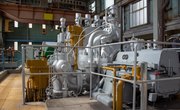
A boiler is a vessel in which water is heated under pressure and vaporized into steam for a specific purpose. There are several different kinds of boilers, heated by coal, solid fuel, oil or gas. Boilers vary widely in size from small, portable or shop-assembled units to large furnaces that burn 6 tons of coal a minute. Boilers operate at positive pressure, and all parts must be strong enough to withstand the pressure of the steam they generate. Most high-pressure boilers are used for commercial or industrial purposes.
Maximum Allowable Pressure
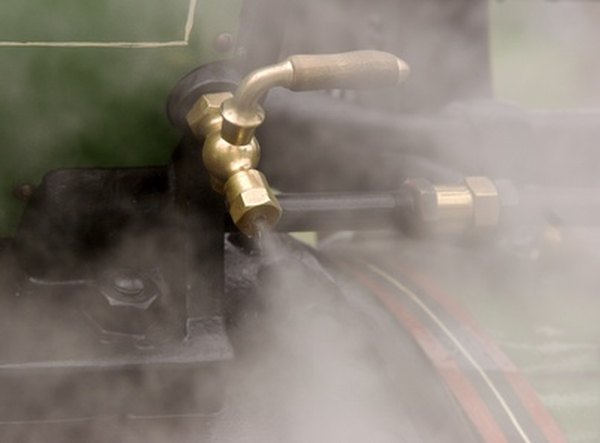
Boilers are classified also by their pressure capacity, design type and use. Maximum allowable working pressure, or MAWP, is the highest amount of pressure that the vessel (boiler) is designed to withstand. This pressure is measured in terms of pounds per square inch or “psi,” and gauge pressure is expressed as “psig.” The National Fire Prevention Association and federal standards define a Type II steam boiler as one that produces high-pressure steam between 16 and 150 psig. A Type III steam boiler produces steam between 151 and 350 psig.
Water-Tube Boiler
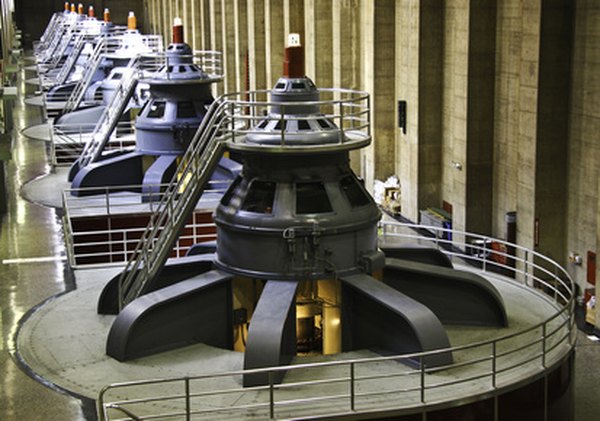
In this type of boiler, fuel is burned inside the furnace, creating hot gas that heats water circulating through its tubes. The water is converted into steam that rises to be captured in a steam drum, where the saturated steam is drawn off. This re-enters the furnace through a superheater, where it becomes even hotter. When the temperature of the superheated steam is above the boiling point, it becomes a dry, pressured gas that is used to drive turbines. Most water-tube boiler designs have a capacity of 4,500 to 120,000 kilograms per hour of steam. Water-tube boilers in thermal power stations are also called steam generating units.
Benson Boiler
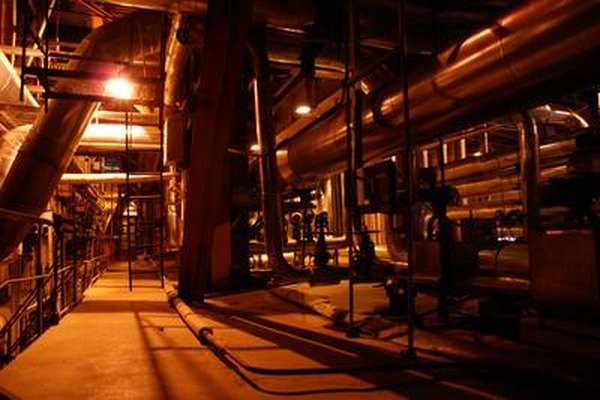
The Benson boiler is called a supercritical steam generator and is often used to produce electric power. It operates at such high pressure, more than 3,200 psi, that actual boiling stops and there is no water-steam separation. There's no bubbling, because water temperature is above the critical pressure at which bubbles can form. This steam works in a high-pressure turbine, then enters the generator’s condenser. The term “boiler’ shouldn’t be used with this steam generator as boiling doesn't really occur.
Superheated Steam Boiler
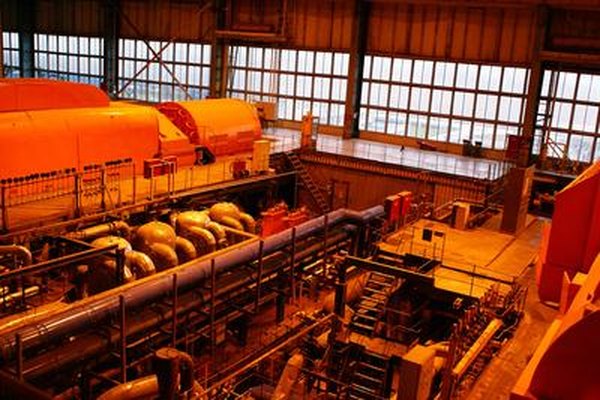
This type of boiler vaporizes water and then heats the steam in a superheater, producing steam at a much higher temperature. This creates a higher flue gas exhaust temperature unless an “economizer” is used. The economizer heats the feed water, which runs through a combustion air heater in the path of the hot flue gas exhaust. This superheated steam often increases the overall efficiency of steam generation and its utilization with gains in the input temperature to the turbines. The superheated steam creates safety concerns, because if any system component fails and steam escapes, the high pressure and temperature can be deadly. The temperature in the area of the boiler gas furnace is usually between 2,400 to 2,900 degrees Fahrenheit. Some of these are convection heaters, absorbing heat from a fluid-like gas, while others are radiant, absorbing radiation heat.
References
About the Author
Nancy Williams has been writing about health-related topics since 1979. Her work has been published in "Prevention," "Nurseweek" and "Senior Life." Williams is a registered nurse with more than 35 years of experience and holds a Bachelor of Science degree in health-care administration. She is working on a book about historic sites in the West.
Photo Credits
steam train image by leafy from Fotolia.com
